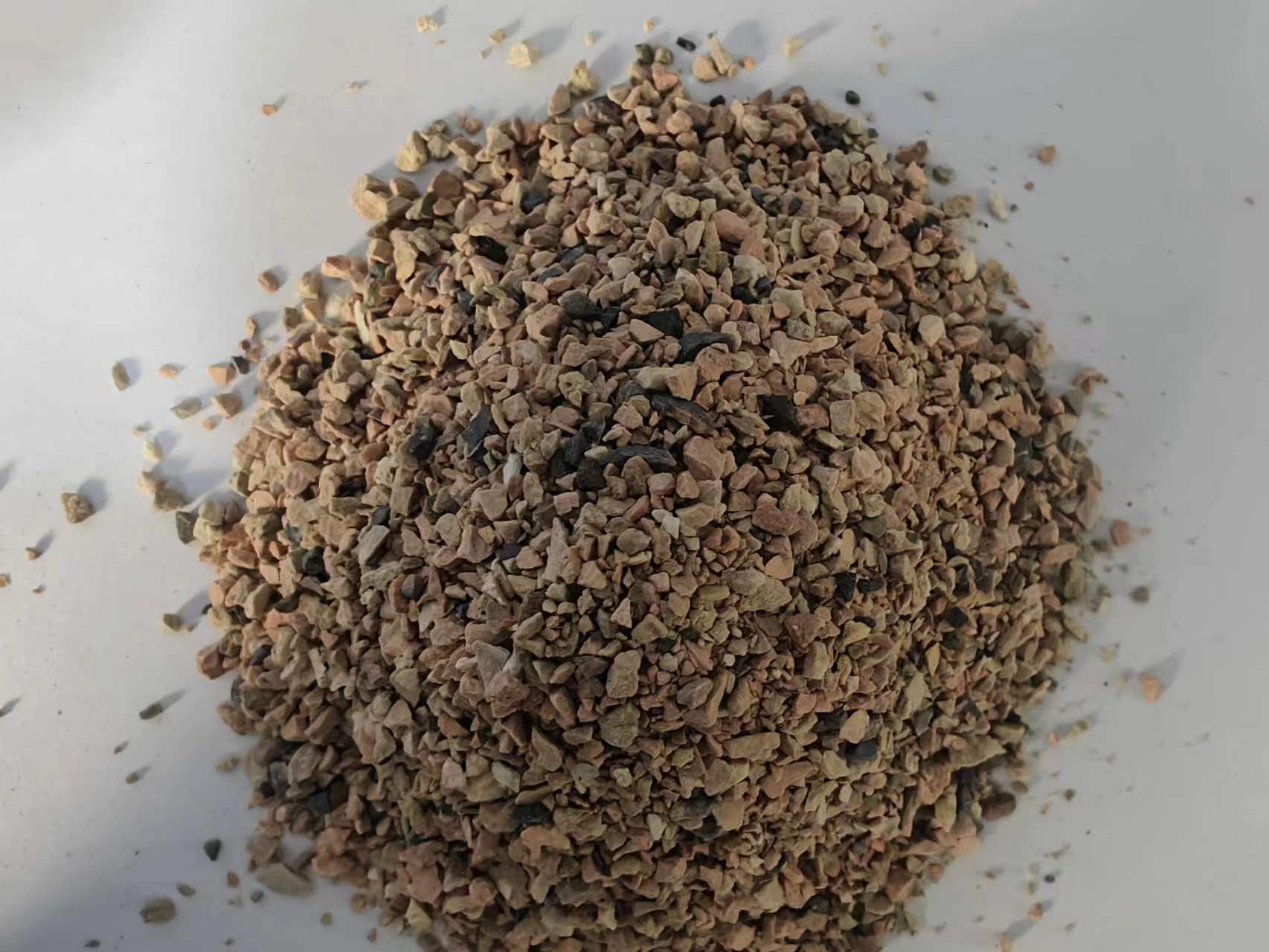Oct . 12, 2024 06:12 Back to list
Highly Effective Spherical Carbon Adsorbents for Superior Adsorption Performance
High-Quality Spherical Carbon Adsorbent An Overview
In recent years, the demand for efficient adsorbents has surged due to the increasing need for environmental remediation and pollution control. High-quality spherical carbon adsorbent has emerged as a key player in this field, offering remarkable properties that make it suitable for a variety of applications including water treatment, air purification, and industrial processes. This article delves into the characteristics, production methods, applications, and future prospects of spherical carbon adsorbents.
Characteristics of High-Quality Spherical Carbon Adsorbent
Spherical carbon adsorbents are characterized by their unique morphological structure. Their spherical shape contributes to a high surface area and porous structure, both crucial attributes that enhance their adsorption capabilities. The high surface area enables more active sites for molecules to adhere, while the porous nature facilitates better diffusion of contaminants. The typical pore sizes range from micro to mesopores, allowing them to capture a wide array of pollutants, from small molecules to larger organic compounds.
Moreover, the chemical stability and mechanical strength of spherical carbon adsorbents ensure they can withstand rigorous environmental conditions. They are also biocompatible and non-toxic, making them safe for various applications, including those involving water treatment. Additionally, their ability to be modified chemically opens up opportunities for enhancing selectivity and efficiency towards specific contaminants.
Production Methods
The production of high-quality spherical carbon adsorbents typically involves the use of carbonaceous materials such as coconut shells, biomass, or polymeric precursors. The choice of raw material significantly influences the properties of the final product. Methods such as carbonization, activation, and spherical shaping are employed to achieve the desired characteristics.
1. Carbonization This process involves heating organic materials in an inert atmosphere, which removes volatile compounds and converts the remaining carbon into a porous structure. The temperature and duration of carbonization are critical and must be optimized to enhance the structural integrity and porosity of the adsorbent.
2. Activation Physical or chemical activation processes are then used to increase the surface area and porosity. In physical activation, the carbonized material is treated with gases such as steam or carbon dioxide at high temperatures. In chemical activation, the precursor is treated with activating agents like potassium hydroxide (KOH) or phosphoric acid (H3PO4), which promote the development of pores.
high quality spherical carbon adsorbent

3. Spherical Shaping Post-activation, the carbon material can be shaped into spheres using methods such as spray drying or pelletization. This step not only enhances the handling characteristics but also improves the flow properties of the adsorbent, making it easier to use in various applications.
Applications
The applications of high-quality spherical carbon adsorbents are diverse and impactful. In water treatment, they effectively remove heavy metals, dyes, and organic contaminants, ensuring compliance with environmental regulations. Their exceptional adsorption qualities make them suitable for use in wastewater treatment plants, industries, and even for household water purification systems.
In air purification, these adsorbents play a vital role in capturing volatile organic compounds (VOCs) and other harmful pollutants, ensuring cleaner indoor air quality. Spherical carbon adsorbents have also found applications in the food industry, specifically for removing unwanted flavors and odors, thereby improving product quality.
Additionally, there is a growing interest in using these adsorbents in the biomedical field for drug delivery and biosensing applications, owing to their biocompatibility and ability to modify surfaces.
Future Prospects
As global awareness of environmental issues rises, the demand for efficient and sustainable adsorbents will continue to grow. Research into enhancing the performance of spherical carbon adsorbents through nanotechnology and alternative raw materials is ongoing. Innovations in production methods seek to reduce costs, improve efficiency, and widen the utility of these adsorbents.
In conclusion, high-quality spherical carbon adsorbent stands at the forefront of modern environmental solutions, with its diverse applications and robust characteristics. As technology and research advance, these materials are poised to make an even greater impact in combating pollution and promoting sustainability worldwide.
-
Eco-Friendly Granule Covering Agent | Dust & Caking Control
NewsAug.06,2025
-
Fe-C Composite Pellets for BOF: High-Efficiency & Cost-Saving
NewsAug.05,2025
-
Premium Tundish Covering Agents Exporters | High Purity
NewsAug.04,2025
-
Fe-C Composite Pellets for BOF | Efficient & Economical
NewsAug.03,2025
-
Top Tundish Covering Agent Exporters | Premium Quality Solutions
NewsAug.02,2025
-
First Bauxite Exporters | AI-Optimized Supply
NewsAug.01,2025
